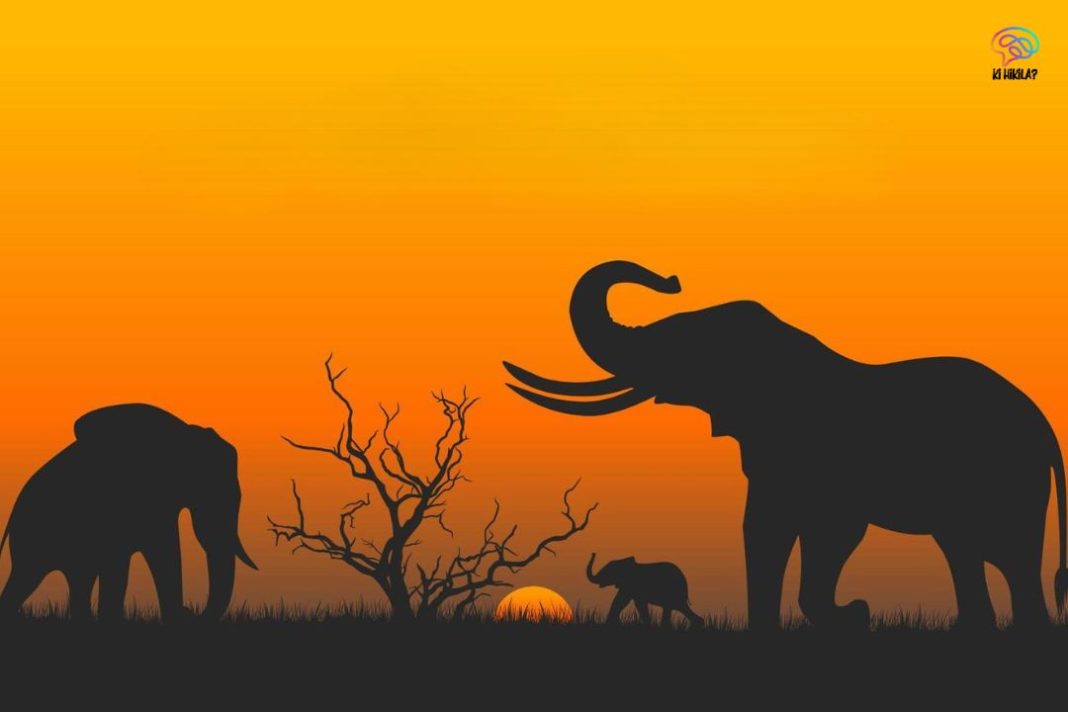World Elephant Day is a special day celebrated every year on August 12 to create awareness about the urgent need to protect elephants and their habitats. Known as the gentle giants of the wild, elephants play a vital role in maintaining the balance of nature. This day inspires people, organizations, and governments worldwide to join hands in ensuring that elephants continue to roam the earth for generations to come.
History of World Elephant Day
World Elephant Day was launched on August 12, 2012, by Canadian filmmaker Patricia Sims in collaboration with the Elephant Reintroduction Foundation of Thailand. It was created as a response to the increasing threats to elephant populations across Africa and Asia. Since then, the day has become a global movement, involving wildlife organizations, conservationists, and individuals from more than 100 countries.
Importance of World Elephant Day
World Elephant Day is important because it shines a global spotlight on the urgent challenges elephants face, while inspiring collective action to ensure their survival. This annual event raises awareness about critical issues such as habitat loss, human-elephant conflict, poaching for ivory, and the illegal wildlife trade. It also encourages individuals, communities, and governments to work together on sustainable solutions that protect these magnificent creatures.
Elephants are considered keystone species, meaning they play a vital role in maintaining the health and balance of their ecosystems. In the wild, they act as nature’s architects—creating forest clearings that allow sunlight to reach the ground, dispersing seeds over vast distances which promotes plant diversity, and digging for water during dry seasons, providing a life-saving resource for countless other animals.
Their presence helps shape landscapes, supports biodiversity, and ensures the survival of many other species that depend on the habitats elephants influence. Without elephants, entire ecosystems could become destabilized, leading to a cascade of negative impacts on plants, animals, and even human communities.
World Elephant Day is not just about admiration for these gentle giants—it’s a call to action to protect their future. Through conservation efforts, anti-poaching initiatives, habitat restoration, and community education, we can ensure that elephants continue to roam freely in the wild for generations to come. Protecting elephants means protecting the planet’s natural heritage and the intricate web of life they help sustain.
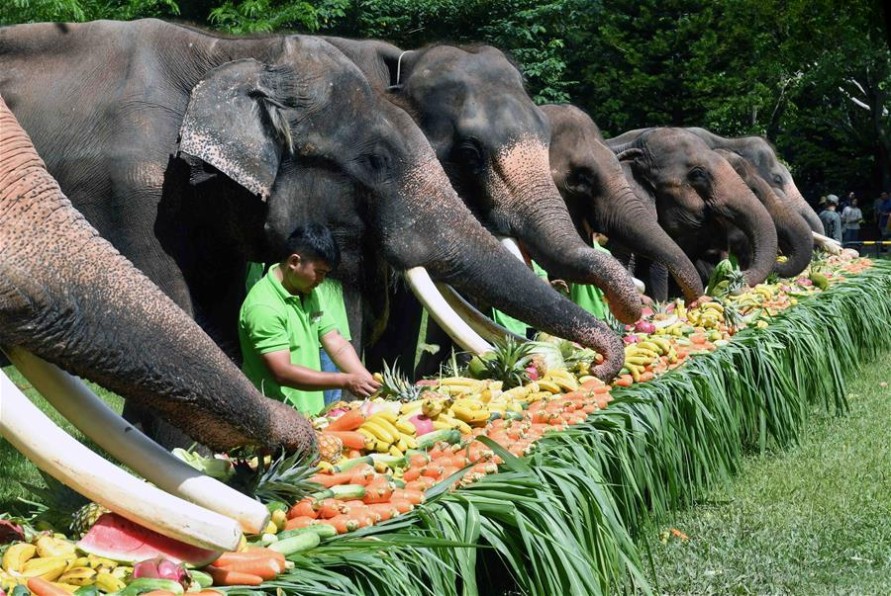
Types of Elephants Recognized on World Elephant Day
World Elephant Day recognizes three main species of elephants:
1. African Savannah Elephant
- Largest land mammal in the world.
- Found in grasslands and open savannas of Africa.
- Known for their large ears shaped like the African continent.
2. African Forest Elephant
- Smaller than the Savannah elephant.
- Lives in dense rainforests of Central and West Africa.
- Plays a key role in spreading seeds of many forest plants.
3. Asian Elephant
- Found in 13 countries, including India, Sri Lanka, and Thailand.
- Smaller ears compared to African elephants.
- Highly intelligent and often part of cultural traditions.
Threats Highlighted on World Elephant Day
World Elephant Day focuses on the main threats that endanger elephants:
1. Poaching for Ivory
Ivory from elephant tusks is illegally sold in markets, leading to the killing of thousands of elephants every year.
2. Habitat Loss
Deforestation, farming, and urban expansion reduce the areas where elephants can live and find food.
3. Human-Elephant Conflict
As humans move into elephant habitats, conflicts occur, sometimes resulting in the death of both humans and elephants.
4. Climate Change
Changes in rainfall patterns and extreme weather events affect food and water availability for elephants.
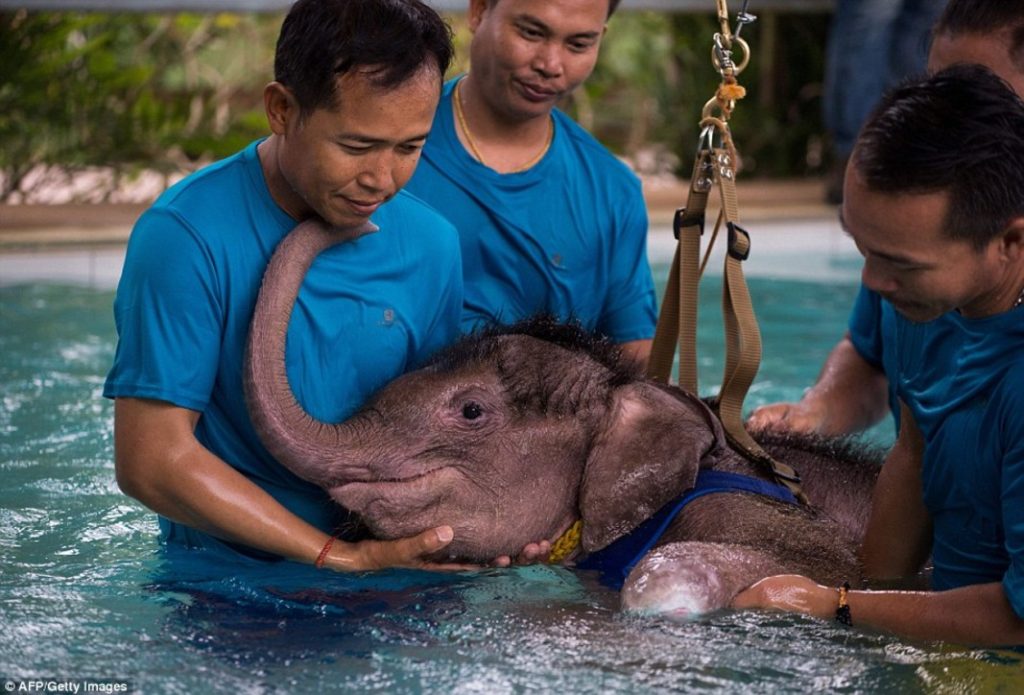
World Elephant Day Conservation Efforts
Many activities take place on World Elephant Day to protect these animals:
- Wildlife documentaries and educational programs in schools.
- Fundraising campaigns to support elephant rescue centers.
- Tree-planting drives to restore elephant habitats.
- Awareness walks and public talks about elephant conservation.
- Social media campaigns using hashtags like #WorldElephantDay.
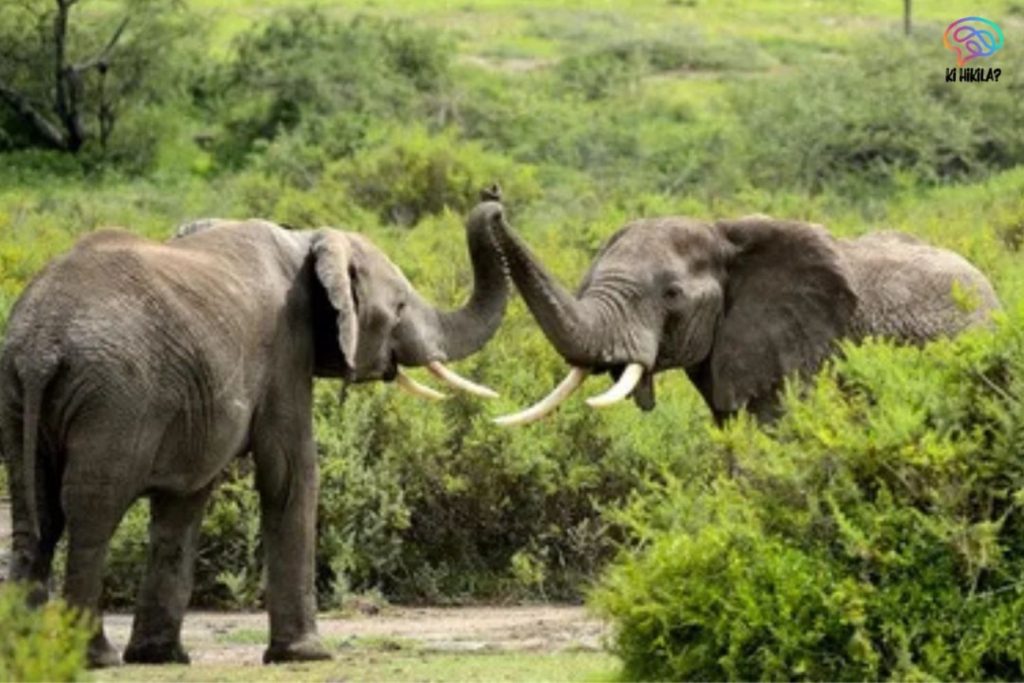
How Individuals Can Contribute on World Elephant Day
Even a single person can make a difference in elephant conservation. On World Elephant Day and beyond, you can:
- Avoid buying ivory or products made from elephant parts.
- Support NGOs and wildlife organizations working for elephants.
- Volunteer in wildlife conservation programs.
- Share information about elephants with friends and family.
- Participate in eco-tourism that supports local communities and protects wildlife.
World Elephant Day in India
India plays an important role in World Elephant Day because it has the largest population of Asian elephants in the world. Events held in India on this day include:
- Awareness campaigns in elephant corridors like those in Karnataka, Assam, and Kerala.
- Special programs in sanctuaries such as Kaziranga National Park, Periyar Tiger Reserve, and Jim Corbett National Park.
- Workshops to train forest staff in reducing human-elephant conflict.
Educational Value of World Elephant Day
For students, World Elephant Day is an opportunity to learn about:
- The biology and behavior of elephants.
- The importance of biodiversity.
- The effects of human actions on wildlife.
- Ways to take part in conservation from a young age.
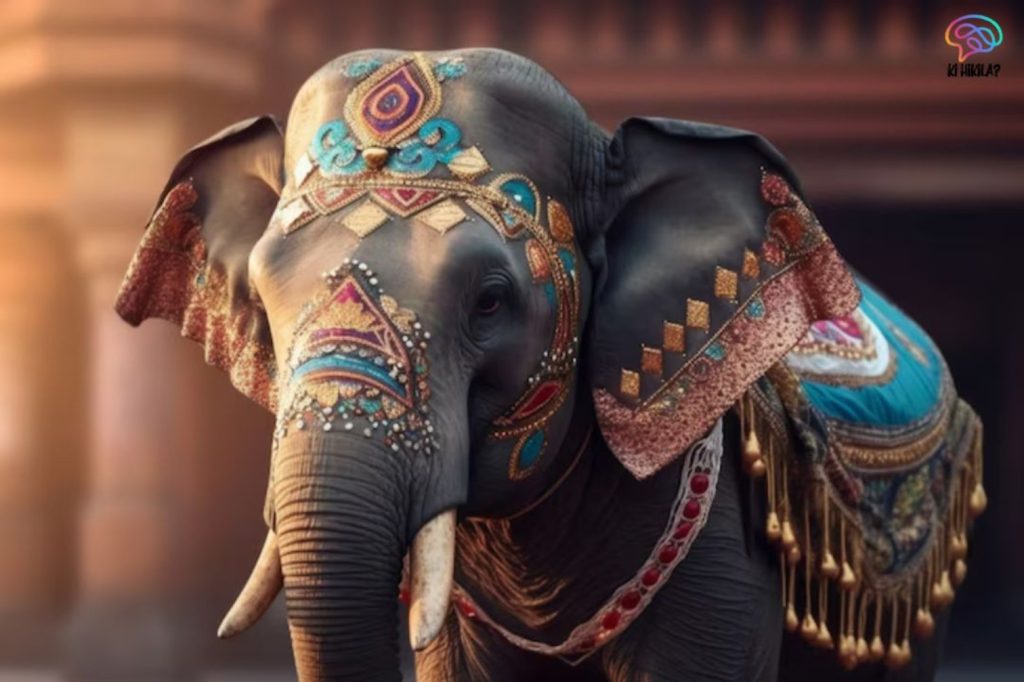
Cultural Significance Recognized on World Elephant Day
In many cultures, elephants symbolize wisdom, strength, and good fortune. In India, elephants are associated with Lord Ganesha, a deity representing wisdom and success. In African traditions, elephants often appear in folklore as protectors of the land.
The Future Vision of World Elephant Day
The ultimate goal of World Elephant Day is to ensure that future generations can see elephants in the wild and not just in pictures. This means:
- Ending illegal ivory trade.
- Restoring lost habitats.
- Creating safe migration corridors.
- Strengthening international wildlife protection laws.
Conclusion
World Elephant Day is a reminder that protecting elephants is not just the job of governments and wildlife experts—it is a responsibility shared by everyone. By learning, acting, and spreading awareness, we can create a world where elephants live freely and safely. Protecting elephants also means protecting our environment and the natural balance of life on Earth.
The main message of World Elephant Day is that protecting elephants is everyone’s responsibility. Every action—big or small—can help ensure these gentle giants survive
Frequently Asked Questions (FAQ)
1. What is World Elephant Day?
World Elephant Day is observed every year on August 12 to create awareness about the importance of protecting elephants and their habitats. It brings people together to fight against threats like poaching, habitat loss, and human-elephant conflict.
2. Why is World Elephant Day important?
World Elephant Day is important because elephants are essential for the environment. They help spread seeds, maintain forests, and create water holes for other animals. Without them, many ecosystems would be unbalanced.
3. Who started World Elephant Day?
World Elephant Day was started in 2012 by Patricia Sims, a Canadian filmmaker, along with the Elephant Reintroduction Foundation of Thailand.
4. How can we celebrate World Elephant Day?
You can celebrate World Elephant Day by:
- Learning more about elephants.
- Supporting organizations that protect elephants.
- Avoiding products made from ivory.
- Planting trees to help restore elephant habitats.
5. How many types of elephants are there?
There are three main types of elephants: African Savannah Elephant, African Forest Elephant, and Asian Elephant.
6. What are the biggest threats to elephants discussed on World Elephant Day?
The main threats include poaching for ivory, loss of habitat due to deforestation, climate change, and human-elephant conflicts.
7. What is the role of elephants in nature?
Elephants act as “ecosystem engineers.” They clear paths in forests, spread seeds, and dig water holes that benefit other animals.
8. How is World Elephant Day observed in India?
In India, World Elephant Day is observed through awareness campaigns, special programs in national parks, and initiatives to reduce human-elephant conflicts, especially in states like Assam, Kerala, and Karnataka.
9. Can children take part in World Elephant Day activities?
Yes. Children can take part by drawing posters, writing essays, watching documentaries, and sharing what they learn about elephants with friends and family.


